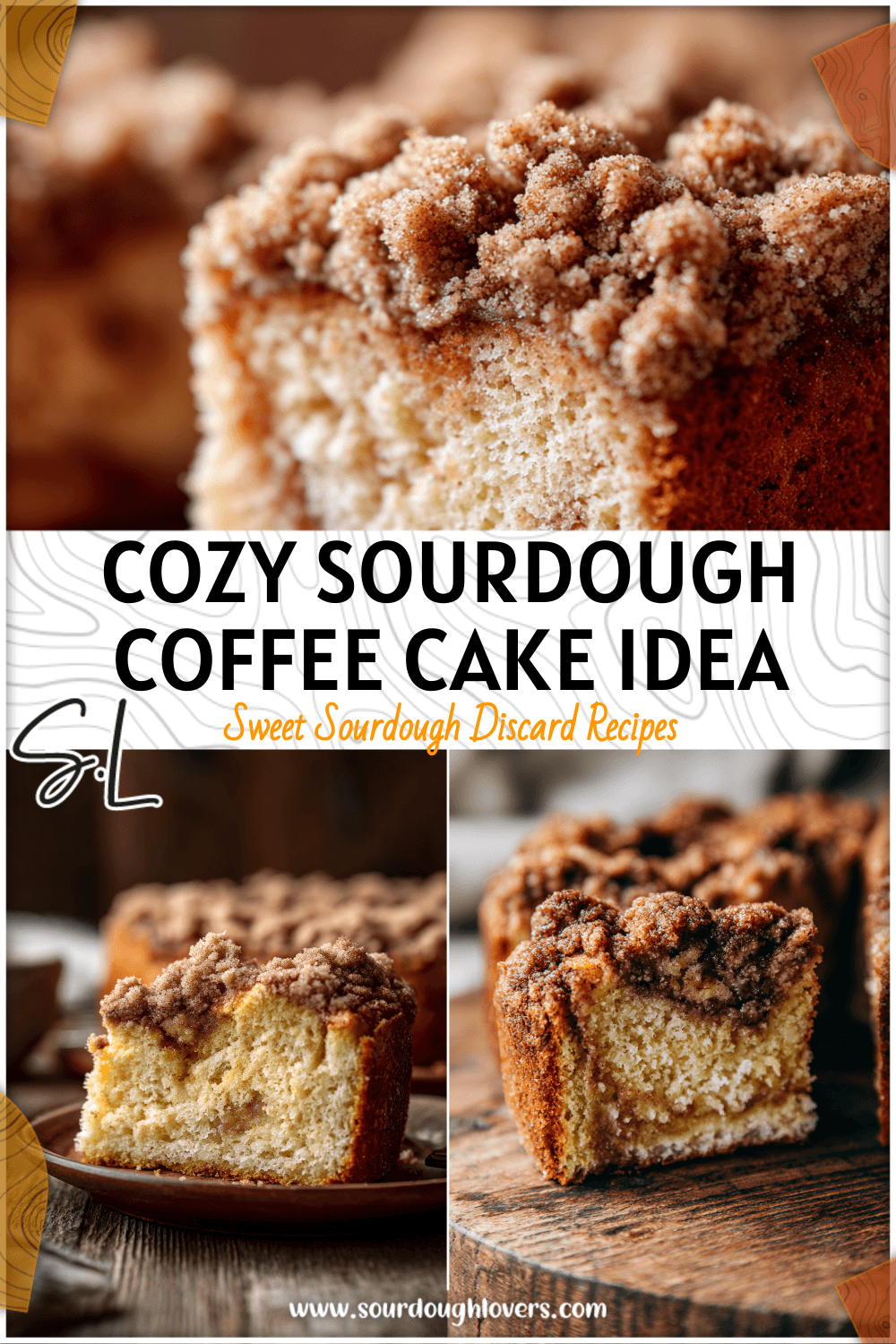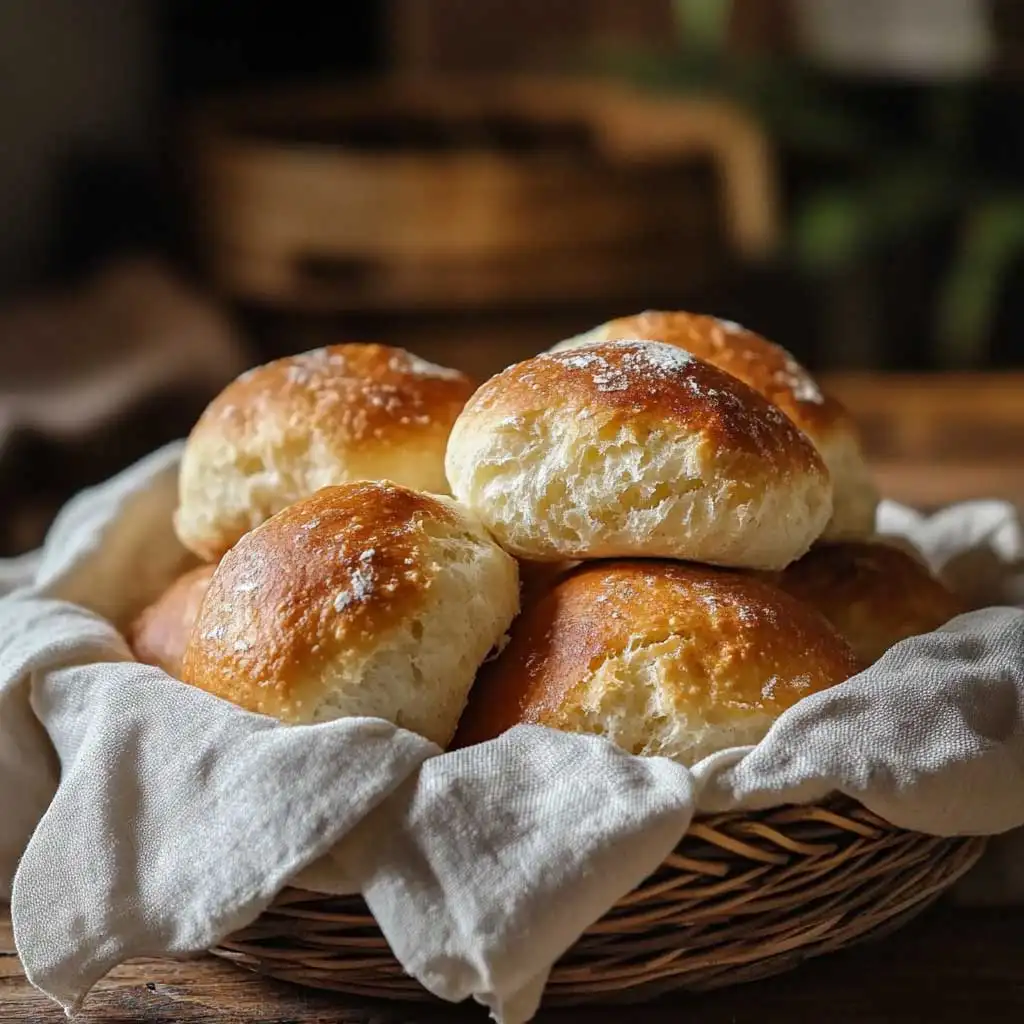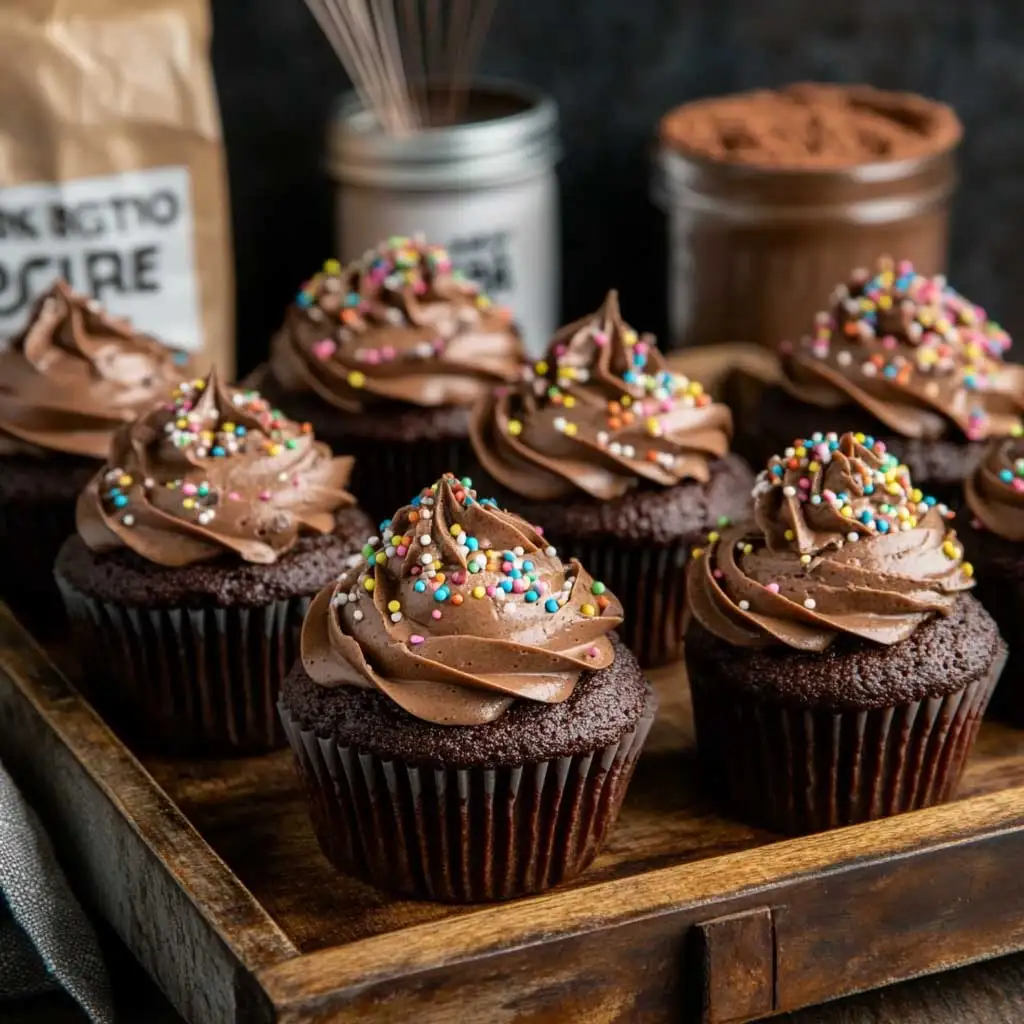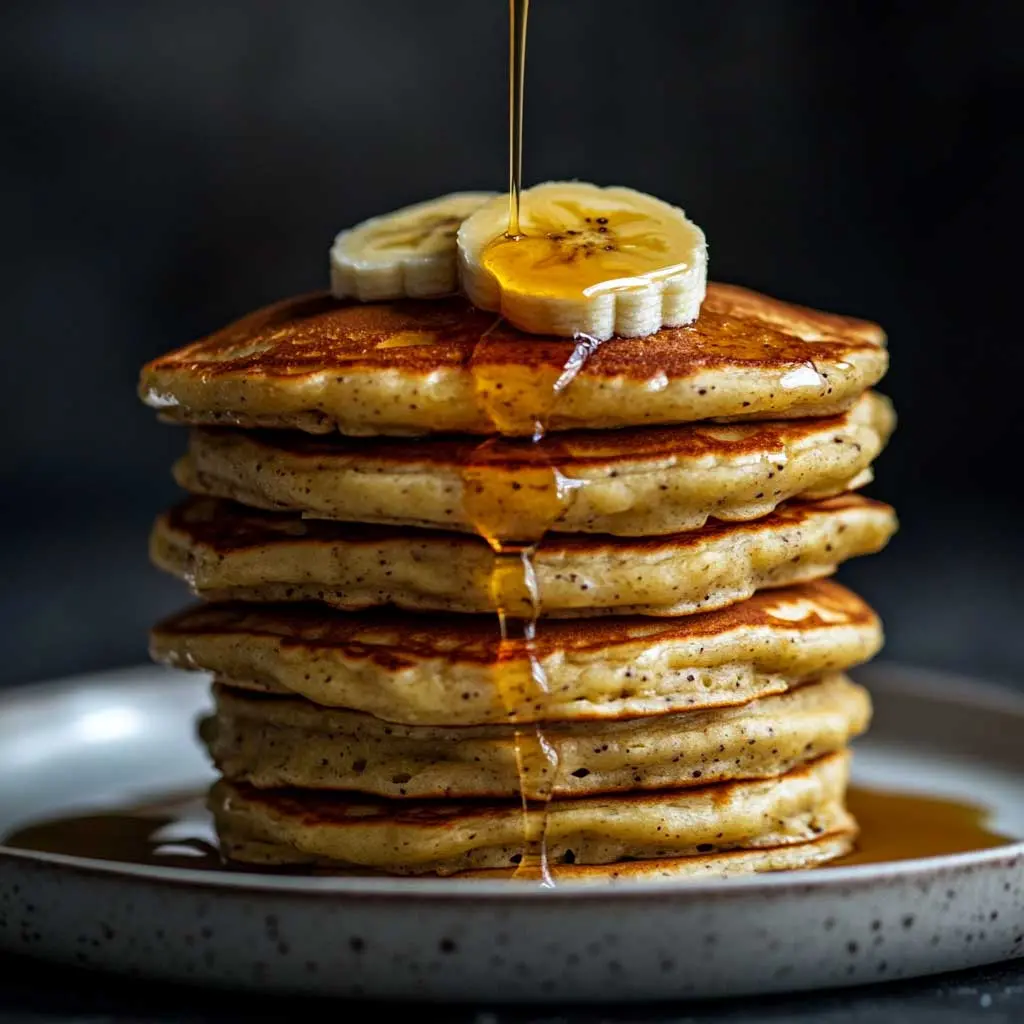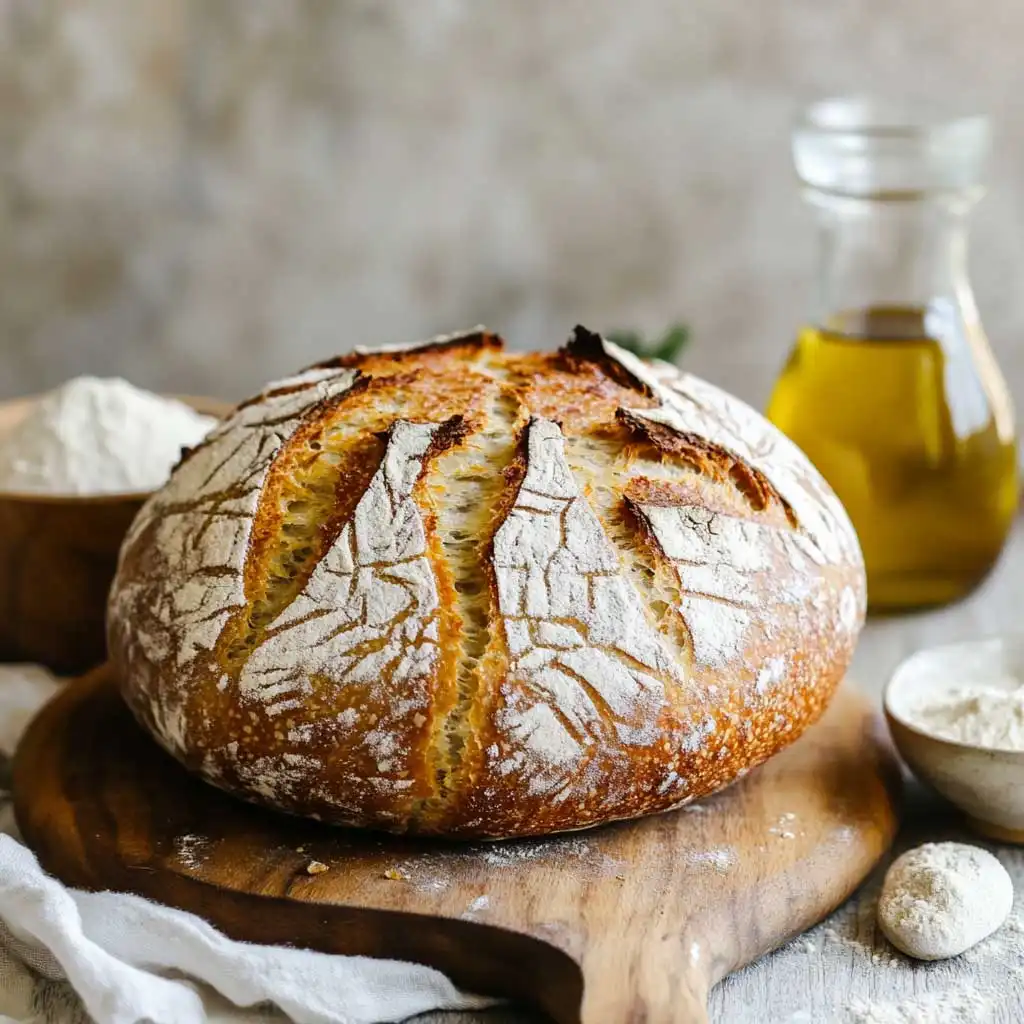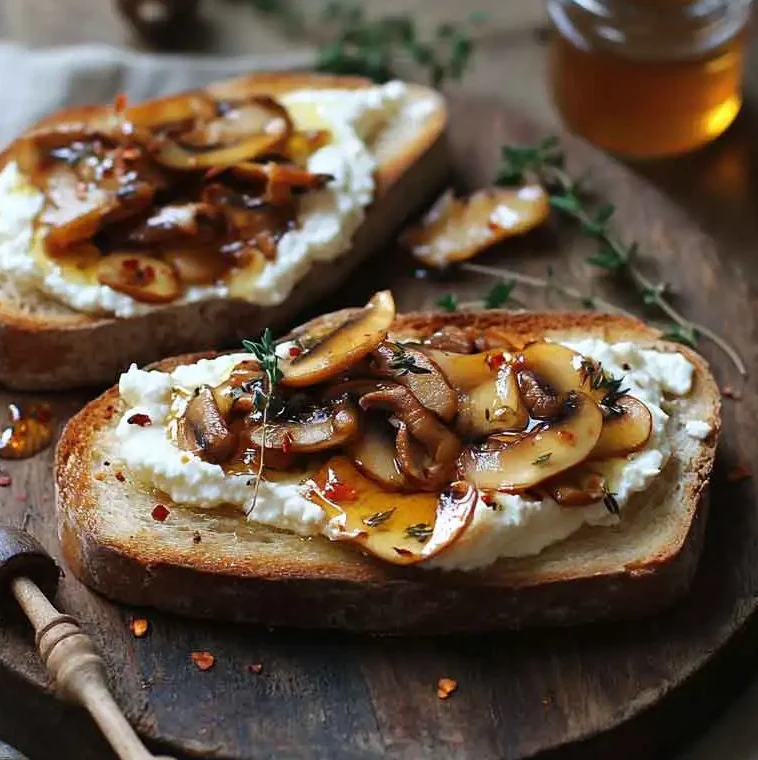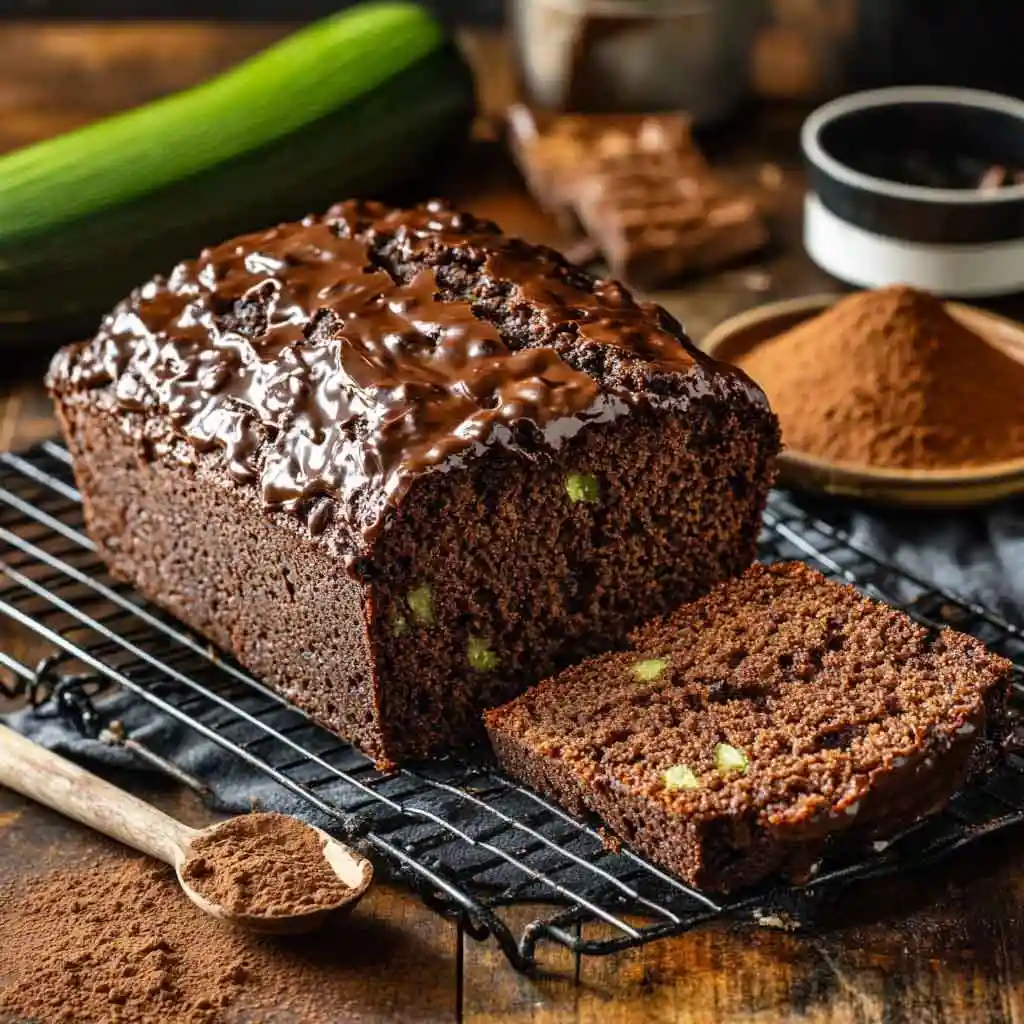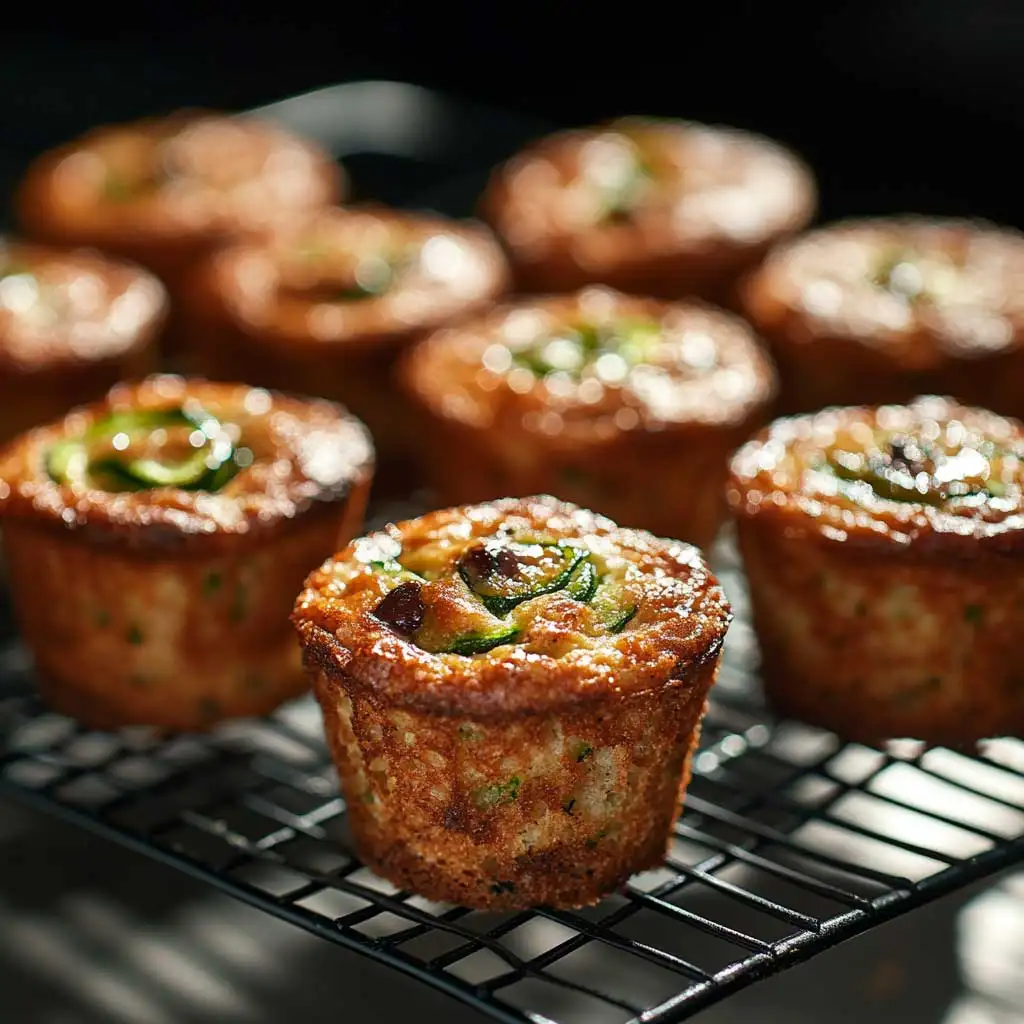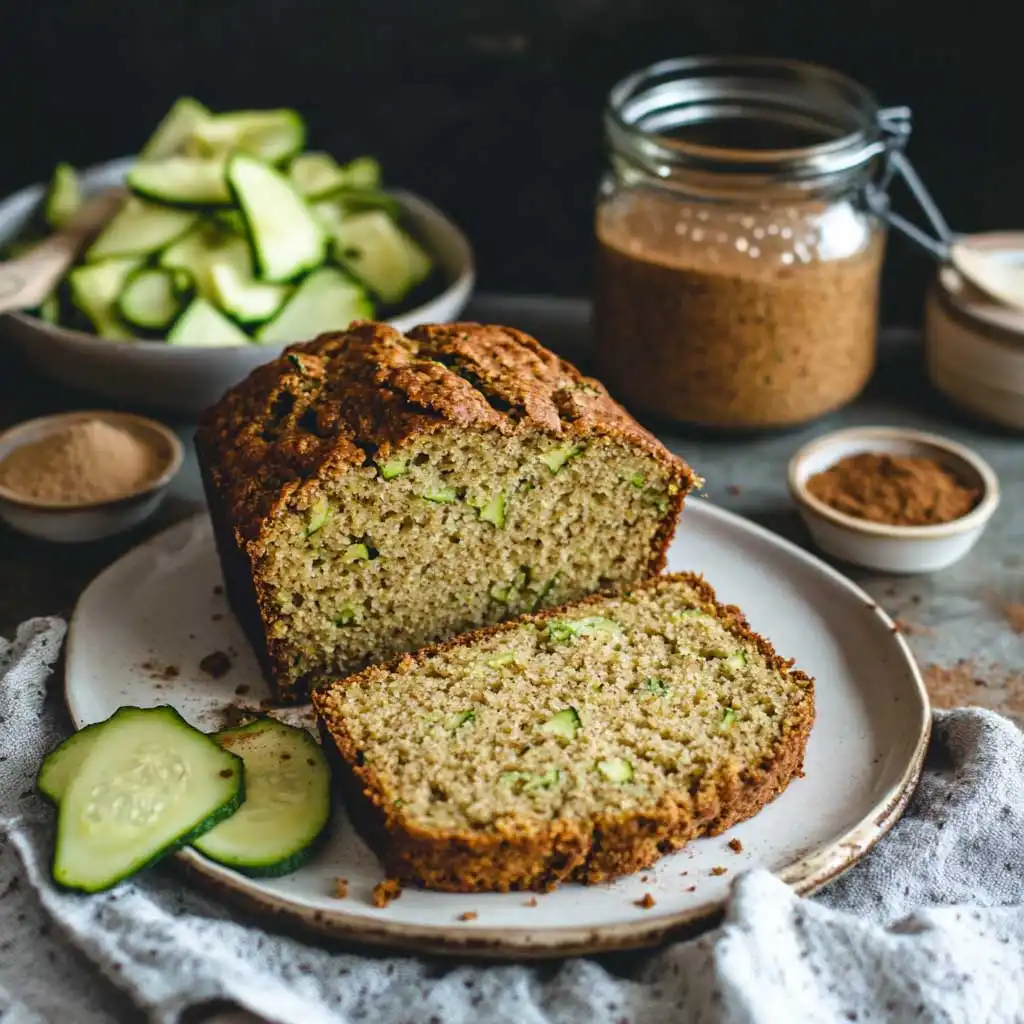I still remember the morning my kitchen seemed to declare war on me. I was halfway through making breakfast — eggs sizzling, coffee brewing — when I realized the spatula was in the drawer on the opposite side of the room. I sprinted across, dodged an open cabinet, and knocked over a jar of utensils in the process. Eggs overcooked, toast burned, and frustration bubbled higher than the pot on the stove.
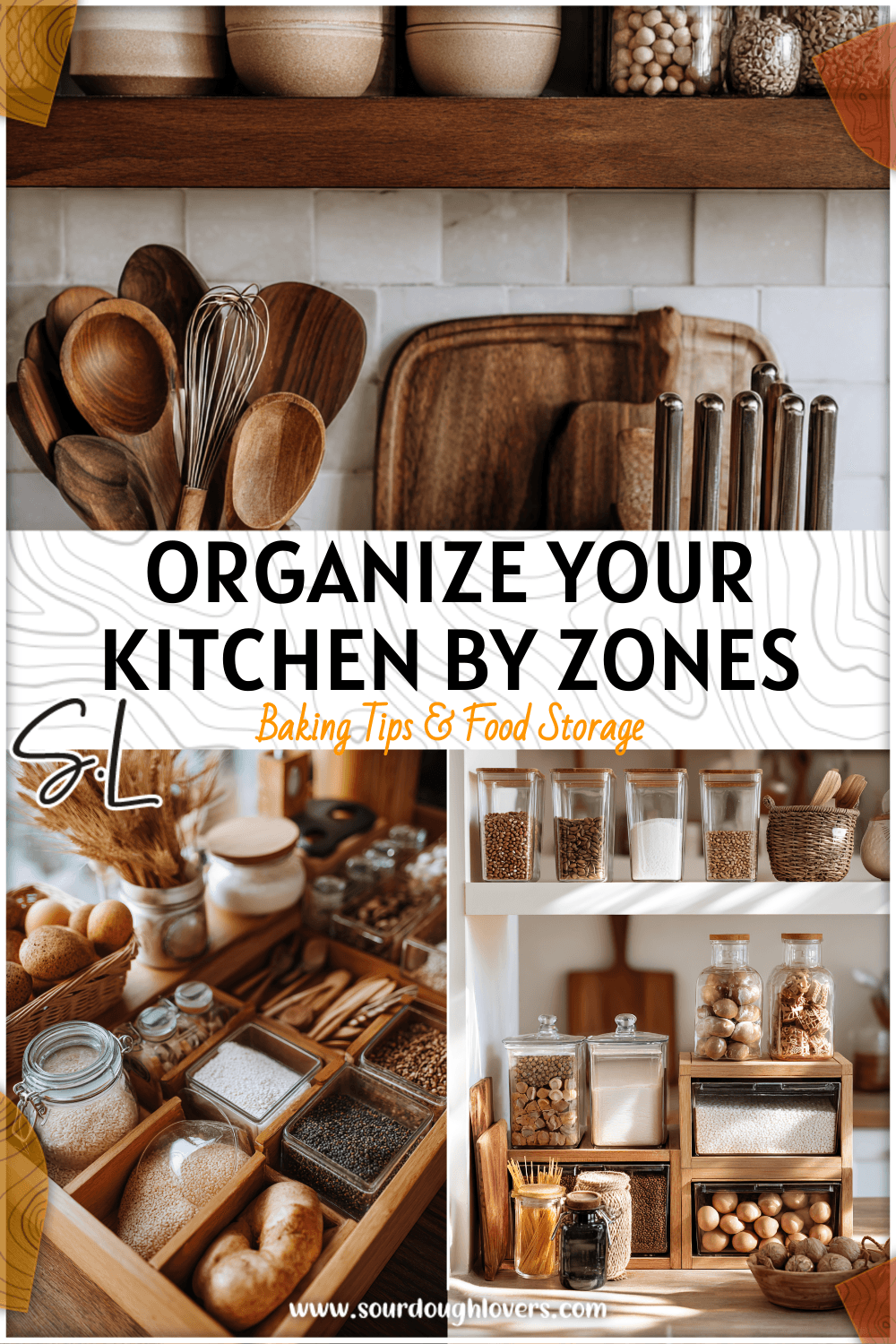
That’s when it hit me: my kitchen layout wasn’t working for me — it was working against me. Every meal felt like an obstacle course because my tools and ingredients were scattered in illogical spots. So, I decided to completely rethink my cooking space. Instead of just “tidying up,” I tried something pros use in commercial kitchens: organizing by zones.
Once I learned how to organize your kitchen by zones, everything changed. Spatulas lived near the stove, knives and cutting boards stayed by the prep area, and every staple ingredient had a home near where I actually used it. Suddenly, cooking became effortless — smoother, faster, even fun.
Print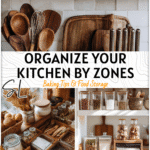
How To Organize Your Kitchen By Zones Like A Pro
- Total Time: 15 minutes
Description
A step-by-step guide to divide your kitchen into five functional zones—preparation, cooking, cleaning, consumables, and non-consumables—to streamline meal prep and cleanup.
- Prep Time: 15 minutes
- Category: organization
- Method: zoning
Keywords: kitchen zones, prep zone, cooking zone, cleaning zone, consumables zone, non-consumables zone, kitchen layout, smart storage ideas, kitchen storage checklist, how to organize your kitchen by zones
In this guide, I’ll walk you through exactly how to create your own zoned kitchen setup. You’ll learn the key kitchen categories to focus on, a few pro tricks for rearranging your space, and even a step-by-step storage checklist so you can get started immediately. Whether you have a compact city kitchen or a sprawling family layout, zoning your space will streamline every meal from prep to cleanup.
Why Kitchen Zones Are the Secret Behind Efficient Cooking
If you’ve ever watched a chef move in a professional kitchen, you’ve witnessed the magic of zoning. Every action flows logically into the next — the prep counter transitions to the stove, which sits near the sink, all without unnecessary steps. That same concept applies perfectly at home.
At its core, “zoning” means grouping tools, ingredients, and appliances based on how and where you use them. Instead of storing items randomly, you assign each task a dedicated area. The payoff? Less back-and-forth movement, better workflow, and a kitchen that practically runs itself.
Professional organizers and interior designers often divide kitchens into five main zones:
- Preparation Zone – where you chop, slice, and mix.
- Cooking Zone – the heart of the kitchen, containing your stove, oven, and cookware.
- Cleaning Zone – centered around the sink and dishwasher.
- Consumables Zone – dedicated to food storage like the fridge and pantry.
- Non-Consumables Zone – for plates, glassware, and utensils.
These zones are flexible — you can adapt them to tiny apartments or open-plan kitchens — but the concept stays the same: keep everything you need within easy reach of where it’s used most.
Understanding Kitchen Zones and Their Purpose
The Five Kitchen Zones Explained
Before you start pulling everything out of your cabinets, it’s essential to understand what each kitchen zone is and how they work together. This structure gives you a clear blueprint for how to position your tools, ingredients, and appliances so that every task flows naturally from one step to the next.
Here’s how the five main zones break down:
- Preparation Zone – The hub for chopping, mixing, and measuring. Keep knives, cutting boards, and spices close to your main counter workspace for top efficiency.
- Cooking Zone – Where your stove, oven, and cookware belong. Arrange pots, pans, and utensils within arm’s reach for a streamlined process.
- Cleaning Zone – Encompassing sink, dishwasher, and waste bins. Store soaps, brushes, towels, and trash bags here for quick cleanup.
- Consumables Zone – Think refrigerator, freezer, pantry, and dry goods storage. Group foods by type for simpler meal prep.
- Non-Consumables Zone – Reserve this area for plates, glasses, and bowls. Keep everyday items accessible and specialty items higher up.
| Kitchen Zone | Typical Items | Ideal Location |
|---|---|---|
| Preparation | Cutting boards, knives, spices | Near counter workspace |
| Cooking | Pots, pans, spatulas | Beside stove or oven |
| Cleaning | Sink, sponge, towels | Close to waste bin |
| Consumables | Refrigerator, canned goods | Pantry or fridge wall |
| Non-Consumables | Plates, mugs, containers | Overhead or cabinet shelves |
When you treat your kitchen as five interlocking zones instead of a random collection of cabinets, you’ll notice instant improvements in speed, cleanliness, and comfort. Every utensil, appliance, and ingredient will have a logical home.
Mapping Out Your Kitchen Layout Before You Start
Now that you understand the five essential kitchen zones, plan your own layout by visualizing how your space should flow. This step is key when learning how to organize kitchen layout efficiently.
- Sketch your current setup: Map out your sink, stove, fridge, and counters, identifying which areas best fit each zone.
- Think about workflow: Follow the natural order — storage, prep, cook, clean — to avoid unnecessary backtracking.
- Prioritize accessibility: Keep frequently used tools at waist height; store lesser-used items up high or below.
- Optimize lighting: Brighten the prep area and set task lights where detailed work happens.
- Adjust for space: Overlapping zones are fine in small kitchens — practicality beats perfection.
- Test and tweak: Cook a simple meal and note any friction; adjust placement until it feels effortless.
Step-by-Step Tips to Organize Kitchen Essentials
Smart Storage Ideas That Work in Every Kitchen
Once your zones are mapped out, refine them with efficient storage systems. These smart storage ideas for kitchen layout save space and time:
- Drawer dividers: Stop utensil chaos by creating sections for each tool near your prep zone.
- Vertical shelving: Install risers or floating shelves to expand storage vertically.
- Lazy Susans: Perfect for corner cabinets or pantries to instantly access items.
- Stackable bins: Ideal for grouping dry goods or snacks in the consumables zone.
- Labels: Mark containers and drawers so everyone knows where things belong.
- Hooks and rails: Mount beside the stove for spatulas or pans, freeing drawer space.
- Pull-out drawers: Add them under counters to reach pots or small appliances easily.
- Corner solutions: Use rotating inserts to reclaim inaccessible cabinet corners.
- Clear counters: Store small appliances when not in use to open prep space.
Building Your Kitchen Storage Checklist
Before you move a single plate, assess what you own and where it should live. This kitchen storage checklist keeps the process organized and manageable.
- Declutter first: Remove expired goods or duplicate tools and donate extras.
- Sort by zone: Group by purpose — prep, cook, clean, store — before placing anything back.
- Gather your toolkit: Include clear bins, stackable jars, shelf risers, dividers, hooks, magnetic strips, and labels.
- Place by frequency of use: Everyday dishes go low; specialty items higher up or farther away.
- Test your system: Live with it for a week, then tweak based on habit and ease.
- Maintain the habit: Reset periodically; once every few months keeps clutter from creeping back.
- Clear storage bins for pantry and fridge
- Stackable containers for grains or snacks
- Lazy Susans for condiments or cleaning supplies
- Shelf risers to double cabinet space
- Pull-out drawers or carts for under-sink organization
- Jar labels or chalkboard stickers
- Drawer dividers for utensils
- Hooks and magnetic strips for tools
- Airtight jars for dry goods
- Foldable baskets for flexible use
A structured checklist makes zoning effortless. Once every object has a logical, easy-to-access home, you’ll find that daily cooking feels smoother, more efficient, and far less stressful.
FAQs and Conclusion
Frequently Asked Questions About Kitchen Zones
What is the best order to organize my kitchen zones?
The best order mirrors natural workflow — start with the consumables zone, move to preparation, then cooking, and finish with cleaning. Keep the non-consumables zone strategically between prep and clean areas for convenience.
Do kitchen zones really save time every day?
Absolutely. Keeping tools, ingredients, and appliances logically grouped cuts repetitive steps. Cooking and cleaning become faster, smoother, and more intuitive.
How do I organize a small kitchen by zones?
Let zones overlap — for instance, prep and cook areas can share one counter. Use wall hooks, shelves, and compact bins to define purposeful sections even in tight spaces.
What tools do I need to start organizing my kitchen?
Begin with clear containers, drawer inserts, lazy Susans, and pantry labels. These few items create structure and visibility, making long-term maintenance easier.
Should I label everything?
Labels aren’t required but promote lasting order. They help everyone return items to their proper zones and keep your system consistent for the long haul.
Conclusion: Mastering Kitchen Zones for Everyday Ease
Every efficient kitchen thrives on a simple principle — a smart zone layout. When storage and workflow align, chaos disappears. By embracing the five-zone method, you’ll transform your kitchen into a space that’s intuitive, clutter-free, and enjoyable to use.
Start with one zone at a time and build from there. Once your system fits your cooking rhythm, you’ll experience the calm, streamlined ease of working like a professional at home.
Mastering how to organize your kitchen by zones like a pro isn’t just about tidiness — it’s about freedom. Less searching, less stress, and more time to focus on great food in a kitchen that finally works for you.







